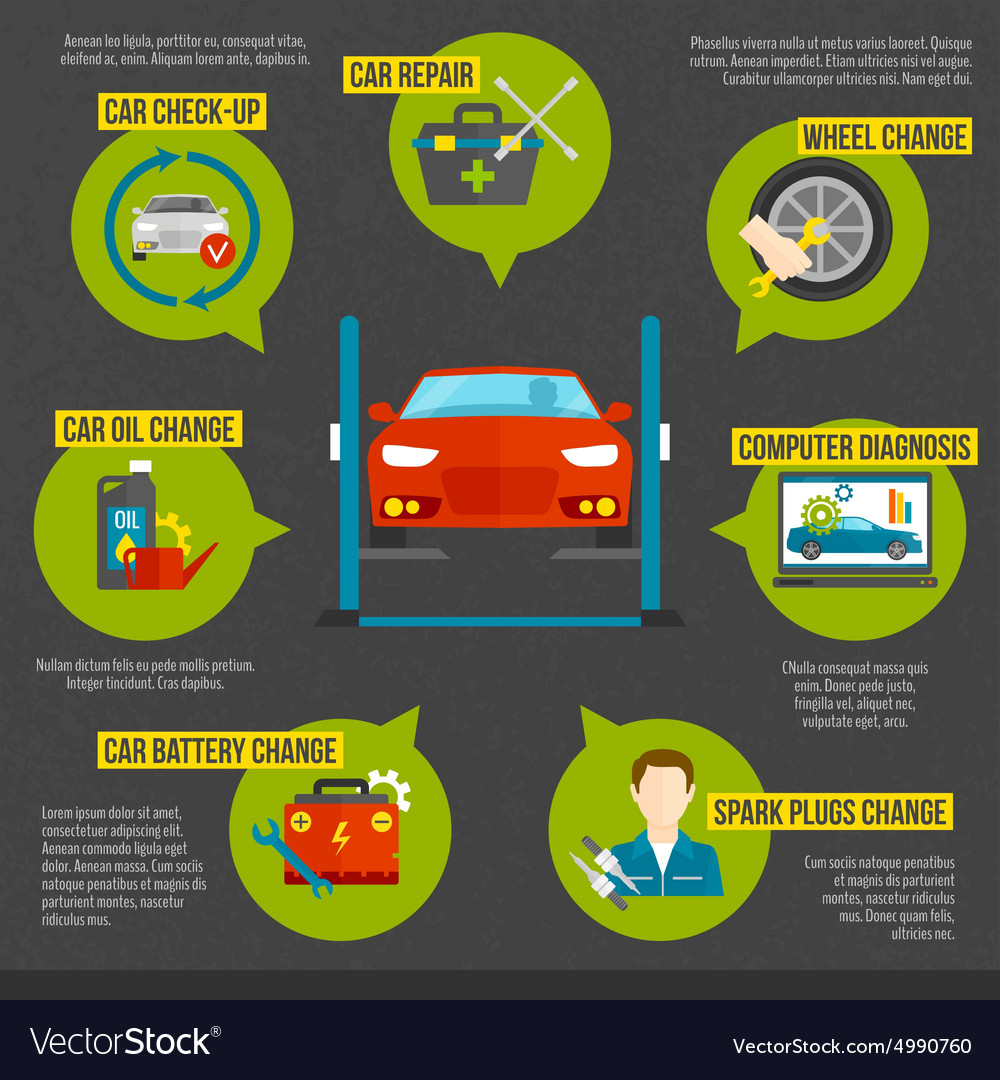Grasping The Significance Of Your Automobile'S Warning Signals: What They Actually Stand For
Grasping The Significance Of Your Automobile'S Warning Signals: What They Actually Stand For
Blog Article
https://wgntv.com/news/wgn-investigates/supply-chain-issues-delaying-car-repairs-leaving-illinois-drivers-stranded/ -Samuelsen Winters
When you lag the wheel, those radiant caution lights on your control panel can be a bit difficult. Do you understand what they're attempting to tell you regarding your vehicle's health? Comprehending the significance of these lights is important for your safety and security and the longevity of your automobile. So, the next time among those lights turns up, wouldn't you wish to decipher its message properly and take the essential steps to resolve it?
Common Caution Lighting and Interpretations
Identify typical caution lights in your cars and truck and comprehend their definitions to guarantee safe driving.
One of the most regular warning lights consist of the check engine light, which signifies concerns with the engine or emissions system. If this light begins, it's critical to have your car checked without delay.
The oil pressure cautioning light suggests low oil pressure, needing prompt focus to stop engine damages.
A blinking battery light might suggest a damaged billing system, possibly leaving you stranded otherwise addressed.
The tire stress monitoring system (TPMS) light alerts you to reduced tire stress, influencing automobile stability and fuel effectiveness. Disregarding this can result in dangerous driving problems.
The abdominal muscle light suggests a problem with the anti-lock stopping system, endangering your capacity to stop promptly in emergency situations.
car detail nz but not least, the coolant temperature cautioning light warns of engine getting too hot, which can lead to extreme damages otherwise settled promptly.
Understanding https://quick-oil-change-near-me06283.blogripley.com/30543997/raise-your-automobile-describing-strategies-with-seasonal-advice-to-guarantee-your-auto-remains-radiant-and-secured-learn-just-how-to-browse-the-particular-challenges-that-each-season-brings will aid you deal with concerns quickly and maintain risk-free driving conditions.
Value of Prompt Focus
Recognizing the common caution lights in your car is just the first step; the importance of quickly resolving these cautions can not be emphasized sufficient to guarantee your safety and security when traveling.
When a warning light brightens on your dashboard, it's your automobile's method of connecting a possible concern that needs interest. Neglecting these cautions can bring about more serious troubles down the road, endangering your safety and security and possibly costing you much more out of commission.
Motivate focus to alerting lights can avoid breakdowns and crashes. For example, a blinking check engine light can show a misfire that, if left unattended, can create damages to the catalytic converter. Addressing this promptly can save you from an expensive repair service.
Similarly, a brake system cautioning light may signify reduced brake fluid or worn brake pads, essential elements for your safety when driving.
DIY Troubleshooting Tips
If you discover a warning light on your dashboard, there are a couple of DIY fixing pointers you can attempt before seeking specialist help.
cardetailingeastauckland is to consult your cars and truck's manual to comprehend what the details caution light shows. Occasionally the issue can be as easy as a loose gas cap setting off the check engine light. Tightening up the gas cap might fix the issue.
One more common concern is a low battery, which can trigger numerous cautioning lights. Examining the battery links for corrosion and guaranteeing they're secure may repair the problem.
If a warning light lingers, you can try resetting it by disconnecting the car's battery for a few mins and afterwards reconnecting it. Additionally, examining your car's liquid degrees, such as oil, coolant, and brake liquid, can assist fix cautioning lights associated with these systems.
Conclusion
Finally, comprehending your vehicle's warning lights is crucial for maintaining your vehicle running efficiently and securely. By quickly addressing these signals and understanding what they indicate, you can avoid costly repair work and potential malfunctions.
Remember to consult your cars and truck's handbook for certain details on each alerting light and do something about it accordingly to ensure a trouble-free driving experience.
Stay educated, remain risk-free on the road!
